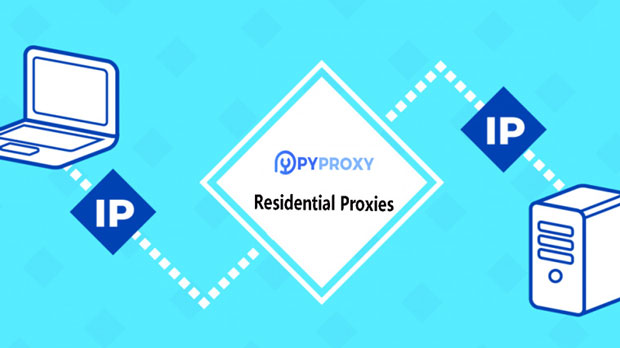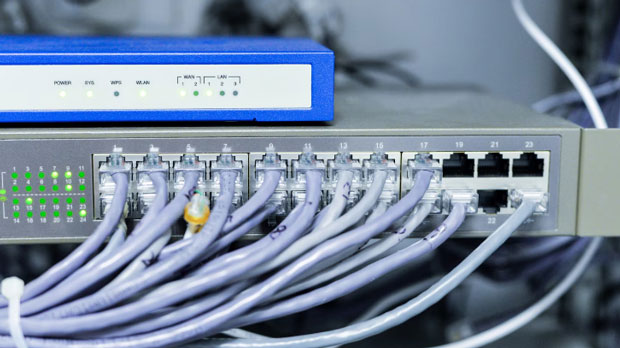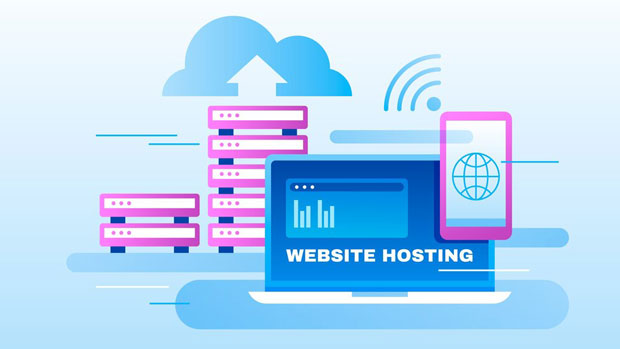In the digital world, mirror sites and proxy sites are commonly used to facilitate internet access, improve performance, and provide backup resources. While both technologies share similar goals in terms of enhancing user experience and overcoming network restrictions, their technical implementations differ significantly. A mirror site is essentially a duplicate of an original website, hosted on a different server to ensure redundancy, faster access, and higher availability. On the other hand, a proxy site acts as an intermediary between the user and the original website, enabling users to access content without directly interacting with the source. This article will delve into the differences in how mirror sites and proxy sites work, focusing on their technical structures, functionalities, and the benefits they bring to both users and administrators. Understanding Mirror SitesA mirror site is a replica of a website hosted on a different server, designed to distribute the load of traffic and provide redundancy. The purpose of creating a mirror site is to ensure that if one server goes down, users can still access the content from another server. Mirror sites are commonly used in scenarios where website performance, availability, and resilience are critical, such as large-scale data distribution or high-traffic platforms. How Mirror Sites WorkMirror sites work by replicating all the data, files, and content from the original website to another server, usually located in a different geographical region. This replication can be done through several methods, including automated synchronization tools or manual transfers. The key feature of mirror sites is that they remain identical to the original in terms of structure, content, and functionality, ensuring that the user experience remains consistent across different mirrors.Mirror sites can be set up in multiple locations to improve content delivery speed, reduce latency, and ensure greater uptime. Users are typically directed to the nearest mirror site, providing faster access and better performance. This approach is commonly seen in software distribution, where large files are made available from multiple locations, minimizing the risk of server overload and ensuring quicker downloads. Benefits of Mirror Sites1. Improved Availability and Redundancy: In case the primary server experiences downtime, users can continue accessing the website through one of the mirror sites.2. Load Balancing: Distributing the load among multiple servers can help reduce the strain on a single server, thus improving overall performance.3. Faster Content Delivery: Mirror sites located in different regions can significantly reduce latency, enabling users to access content more quickly, regardless of their location.Understanding Proxy SitesA proxy site is an intermediary server that acts as a bridge between the user and the target website. When a user requests content from a website through a proxy site, the proxy server retrieves the content on behalf of the user and then delivers it. Proxy sites are often used to hide the user's IP address, bypass geographic restrictions, and improve security by filtering unwanted content. How Proxy Sites WorkThe technical implementation of proxy sites involves configuring a server to handle requests from users and forward them to the target website. When a user accesses a website via a proxy, the request is sent to the proxy server, which then fetches the requested content from the target site. The proxy server then forwards the content back to the user, typically without the user being aware of the intermediary process.There are several types of proxy servers, including transparent proxies, which forward user requests without altering the request headers, and anonymous proxies, which hide the user's IP address to ensure anonymity. Some proxy servers may also cache the content to improve performance, meaning that repeated requests for the same content can be served faster. Benefits of Proxy Sites1. Privacy and Anonymity: Proxy sites allow users to browse the web without revealing their IP address, thus ensuring greater privacy and security.2. Bypass Geo-restrictions: Users can access content that may be blocked or restricted in their region by routing their requests through a proxy server located in a different region.3. Enhanced Security: Proxy servers can act as a firewall or security filter, blocking malicious content and preventing attacks from reaching the user's device.Key Differences Between Mirror Sites and Proxy Sites 1. Purpose and FunctionalityThe primary difference between mirror sites and proxy sites lies in their intended function. Mirror sites are designed to replicate the content of an original website and provide multiple access points to ensure availability, performance, and redundancy. In contrast, proxy sites act as intermediaries, routing requests from users to target websites, typically for privacy, security, or content filtering purposes. 2. Content Replication vs. Request ForwardingMirror sites replicate the entire content of the original site, ensuring that users can access identical content from different locations. Proxy sites, on the other hand, do not replicate content. Instead, they forward requests from users to the target site, fetch the content, and return it to the user. 3. Impact on User ExperienceMirror sites generally improve the user experience by reducing latency, ensuring faster content delivery, and providing redundancy in case of server failure. Proxy sites, however, focus on providing anonymity, security, and access to restricted content, which may sometimes result in slower performance due to the additional intermediary layer. 4. Use CasesMirror sites are typically used in scenarios where high availability and performance are critical, such as software distribution, data mirroring, and content delivery networks. Proxy sites are commonly used for privacy protection, bypassing geo-restrictions, and filtering content for security purposes.ConclusionIn conclusion, while both mirror sites and proxy sites are used to enhance the user experience and provide more efficient access to content, their technical implementations and primary purposes are quite different. Mirror sites focus on replicating the content of a website across multiple servers to improve availability, load balancing, and performance. Proxy sites, on the other hand, act as intermediaries, handling user requests to maintain privacy, bypass restrictions, and enhance security. Understanding these differences is essential for businesses and users looking to leverage these technologies for optimal performance, security, and user experience.
Jul 14, 2025


































































